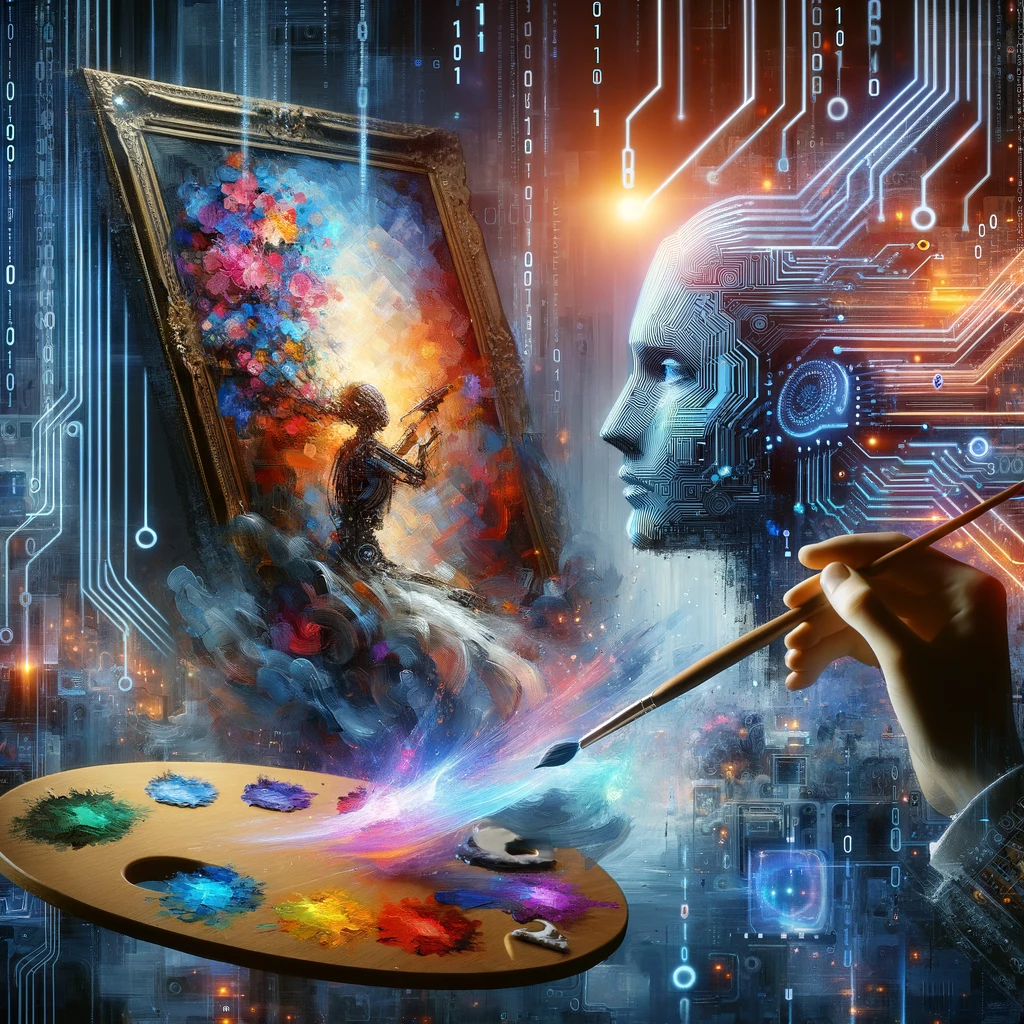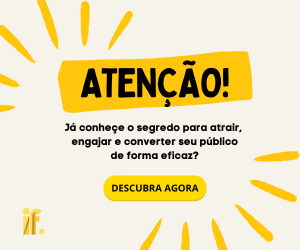A artificial intelligence art (AI) is redefining the boundaries of creativity and artistic expression, uniting technology with the human imagination to create works that challenge our perception of what art is.
Here are five fascinating insights into this new era of art, based on information gathered from various sources:
Browse Content

Useful Applications and Tools in the Art of Artificial Intelligence
DALL-E 2:
Developed by OpenAI, DALL-E 2 is an AI model capable of generating detailed images from textual descriptions, allowing the creation of original images and modification of existing photos into new artistic styles.
DeepArt:
It uses the style transfer technique to transform any photo into the style of famous works of art. Users can submit their photos and choose from several styles from renowned artists to apply to their image.
Runway ML:
A platform that offers a variety of AI tools for creatives, including imaging, video editing and 3D modeling. Runway ML is designed to be accessible to artists without coding knowledge, allowing them to explore the capabilities of AI.
Artbreeder:
It allows users to create unique images by combining and modifying existing images using GANs (Generative Adversarial Networks). It is especially popular for creating portraits, landscapes, and other types of visual art.
Playform:
A cloud-based tool that gives artists the ability to turn their ideas into AI art.
Playform uses AI algorithms to generate new works from user-supplied visual input.
These tools and applications not only open up new possibilities for artistic creation, but also raise interesting questions about authorship and the nature of creativity.
As technology continues to evolve, we are likely to see even more innovation at the intersection of art and artificial intelligence.
To explore more about these apps and start creating your own AI art, you can visit the official websites of the mentioned tools.
Each platform offers a unique approach to the art of artificial intelligence, allowing users to experiment and create in ways that were unimaginable before the digital age.
Curiosities
First AI Artwork Sold at Auction
In 2018, the work “Edmond de Belamy”, created by Parisian collective Obvious using AI, sold for an impressive $432,500 at Christie's in New York, far exceeding its initial estimate.
Creative Systems
The VQGAN+CLIP system, popularized in 2022, can generate original images from natural language descriptions, exemplified by tools such as DALL-E 2 and Imagen.
Debates and Criticism
AI art has raised debates about authorship and originality. Questions about copyright ownership of AI-generated works have been discussed, considering whether the rights should be attributed to the AI, to the user of the program or whether such works should automatically enter the public domain.
Impact on Artists
Some artists have expressed concerns about how AI-generated art could affect their job opportunities, fearing that the technology could replace artists in fields like illustration and design.
AICAN – A Creative AI
Created by Ahmed Elgammal and his team at Rutgers University, AICAN is an adversarial AI creative network that was trained on 100,000 images from five centuries of Western art to generate original works. AICAN passed the Turing test at an exhibition, where the audience was unable to distinguish between works created by humans and AI.
See more:
- For a deeper look at the impact and evolution of the art of AI, check out the Wikipedia.
These discoveries underscore the limitless potential of AI in art, challenging our traditional notions of creativity and opening up new possibilities for artistic expression.
At the same time, they bring to light important ethical and practical questions that still need to be resolved as we move forward at this intersection of art and technology.







